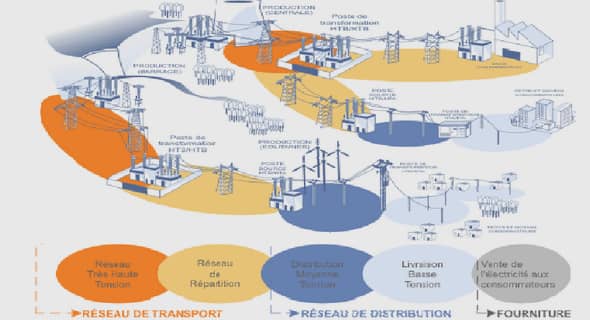Télécharger le fichier original (Mémoire de fin d’études)
Nucleoid organization
Molecular organization by nucleoid-associated proteins
Table des matières
Table of Contents
Table of Figures
Table of Tables
Table of Abbreviations and Acronyms
Chapter I: Introduction
1. Deinococcus radiodurans
1.1. Overview
1.2. Cell wall structure
2. Nucleoid organization
2.1. Molecular organization by nucleoid-associated proteins
2.2. Micro- & macro-domain organization
2.3. Spatial organization of the nucleoid
2.4. Nucleoid compaction mechanisms
2.5. D. radiodurans chromosome organization and condensation
3. Chromosome segregation
3.1. ParABS system, an active model for origin segregation
3.2. Passive model for bulk chromosome segregation
3.3. Segregation termination
3.4. Segregation in D. radiodurans
4. Bacterial cell division
4.1. Rod vs. (ovo)cocci division
4.2. Division site selection and cytokinesis
4.3. D. radiodurans cell division
Chapter II: Overview of fluorescence microscopy
1. Optical microscopy
2. History of fluorescence microscopy
3. Fluorescence
4. Fluorophores
5. Optical resolution principle
6. Conventional fluorescence microscopy
7. SR fluorescence microscopy
7.1. Ensemble
7.2. Single-molecule
Chapter III: Objectives of the PhD
1. Autoblinking: a SR artifact
2. D. radiodurans cell and nucleoid dynamics
3. Dissemination
Chapter IV: Autoblinking
Chapter V: D. radiodurans cell and nucleoid dynamics
1. Abstract
2. Introduction
3. Results
4. Discussion
5. Methods
6. References
7. Supplementary material
Chapter VI: Discussion and perspectives
1. Autoblinking
2. D. radiodurans cell and nucleoid dynamics
2.1. Cell morphology definition
2.2. Cell growth
2.3. Nucleoid organization, segregation and compaction
2.4. Perspectives
3. D. radiodurans imaging
Chapter VII: Appendices
1. Codes used for analyses
1.1. Density graph of foci
1.2. Perimeter fraction of a phase 1 diad
1.3. Translation of trackmate output to trackart input
2. Video material
3. Résumé de la thèse en Français
Bibliography
Acknowledgment
Resumé
Summary

